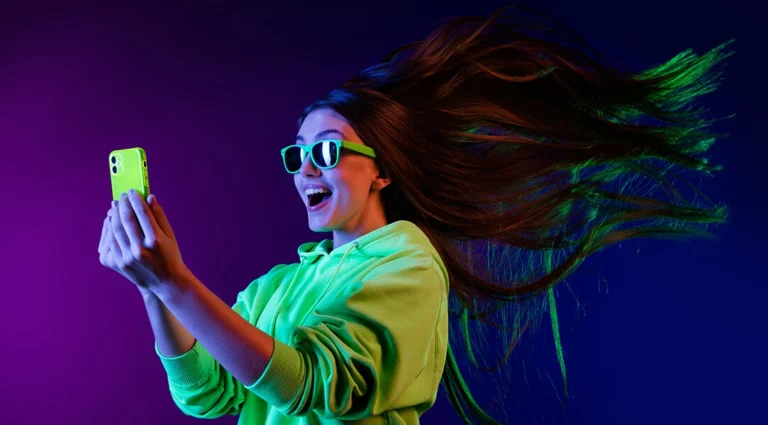Video personalization is an incredible tool for engaging customers with compelling, easy-to-process, individually relevant information. And many major brands have turned to Personalized Video (PV) communication because it’s possible to develop and launch a PV campaign quickly, without headaches and at scale.
If you’re thinking of implementing video personalization in your next marketing campaign, review this list of 7 major dos and don’ts before you get started.
1. Do Have Clear Goals
Do you know exactly what you’re trying to say and what reaction you want to elicit from your viewers? Defining the goals of your Personalized Video campaign will help you to write better scripts, select the most helpful visuals and keep your entire production team on the same page. It can also help you identify potential hurdles from miles away, like inaccurate or unavailable customer data.
2. Do Go Beyond the Name
Personalization is more than just a name. In order to offer Wow Moments to customers, leverage data beyond the obvious name and gender. Identify what data you have handy, then determine which will be the most beneficial for delivering your message and achieving your campaign goal.
For example, a Personalized Video campaign designed to sell an upgraded mobile service plan would require a customer’s unique plan information, usage habits, lifecycle stage and possibly even location data, whereas a campaign seeking to onboard a new banking customer would require knowledge of what type of services the customer has enrolled in, what specific goals they’re working towards (paying off a mortgage or auto loan, saving to buy a home, etc.) and, if applicable, contact details for the bank branch/associate they’re working with.
Using more granular information is what makes video personalization not only impressive, but actually individually useful, too.
3. Do Be Personal, Don’t Be Personally Identifiable
When it comes to all personalized marketing communication, not just Personalized Video, there’s a fine line between making an impressive impact through the use of customer data and being overly familiar and just plain creepy.
No matter what data you decide to leverage, make sure that it is not personally identifiable. This means not using a customer’s last name, not using account numbers in their entirety or revealing sensitive information.
4. Don’t Make Your Video Too Long
Short and simple is the key to success. Even when they’re being shown the most relevant and helpful information, most viewers still have a relatively short attention span. Say what you need to say, but don’t go overboard and create a feature length film.
When writing your Personalized Video script, present the purpose of the video immediately (someone should know right away why they’re watching), and keep the length short; engagement tends to significantly drop around 2 minutes.
5. Don’t Jam Pack Your Video with Too Much Information
We love Personalized Video because it turns complex ideas into short, easily digestible, visually-driven learning experiences. But when you’re dealing with complicated concepts, it can be tempting to overload your PV campaign with too much information, which has the negative effect of disengaging viewers.
Video content should present only the most important points, and explanations should be as visual as possible. This is a video campaign, after all, so take advantage of the fact that 90% of information humans absorb is done visually.
If needed, create multiple shorter videos for your customers to engage with, each with a CTA at the end, and dole them out as part of a series. You want to hold attention and not overwhelm, that’s how you drive action from your customers.
6. Do Use Personalized Video to Respond to Customers in Real-Time
Video personalization can be implemented to enhance the effectiveness of self-service tools like chatbots. By putting a face on digital customer service agents, brands can drive engagement and deliver the closest thing to a person-to-person interaction, all in real-time. So how does it work?
Idomoo’s CMO Yotam Benami says it’s all very similar to a normal chatbot experience, except “certain questions and keywords typed by the customer trigger the generation of a Personalized Video to in real time. For example, the question ‘How do I activate roaming?’ can be responded with a Personalized Video addressing the customer by her name and walking her visually through the menu systems of the actual device she owns, only to end with an offer for a roaming bundle.”
Personalized Video-driven chatbots offer an experience that’s scalable, personal and different than anything interactive voice response systems can do.
7. Don’t Forget to Analyze Your Campaign Results
As with any other type of marketing activity, it is important to measure the results of your Personalized Video campaign. When you understand what content works well with which audiences and on which platforms, your campaigns will be maximally effective and you’ll be using your resources in the smartest places.
If you’re curious to learn more, we’ve created an infographic “Why video is the secret to satisfying the ROI obsessed client”. In the infographic we pull the curtain back on the effectiveness of video as a communication tool. Click below to download it.




